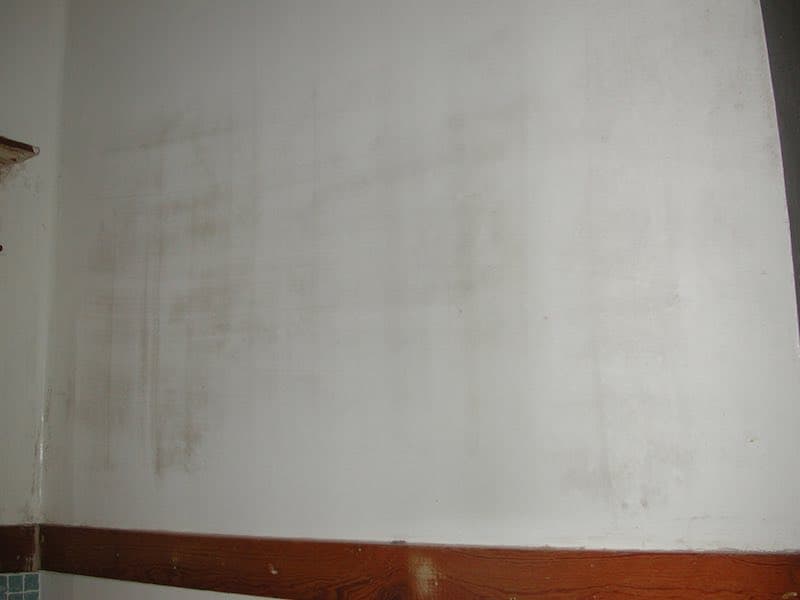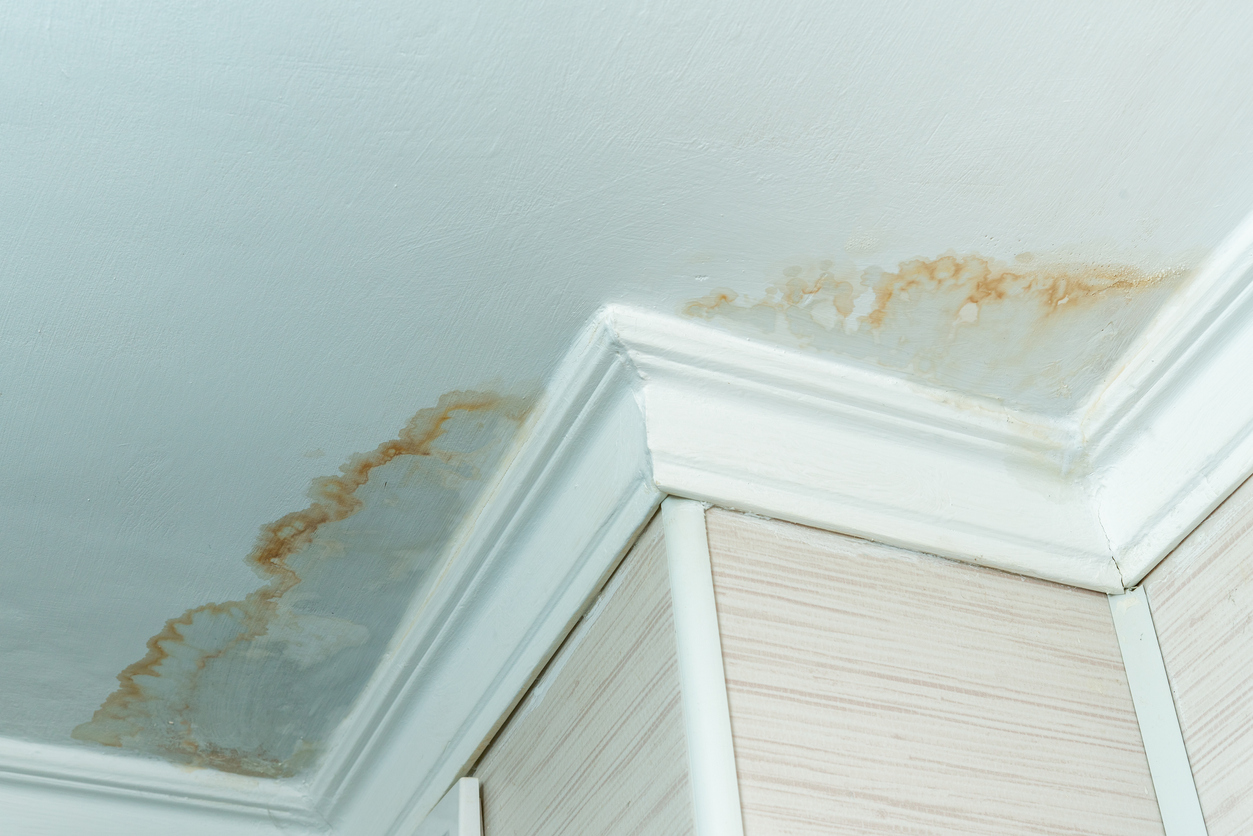Steps to Locate and Address Water Stains on Walls
Steps to Locate and Address Water Stains on Walls
Blog Article
Everybody will have their own individual way of thinking about How to Remove Water Stains from Walls and Ceilings.

Water spots on walls are not positive to the eyes. In some cases it seems nearly unavoidable to experience water discolorations on walls in residences.
Home owners living in humid regions regularly deal with the fear of water stains on walls. With exact and also well-rounded info on the reasons of water spots and also prompt repair work procedures, you will certainly always be a step ahead of such incidents.
3 Usual Causes of Water Spots on Wall Surfaces
Unlike common belief, water stains on walls do not always come from bad structure products. There are several causes of water stains on walls. These include:
Poor Drain
This will certainly avoid water from permeating right into the wall surfaces. This links to too much wetness that you see on the walls of your structure.
The leading cause of wet wall surfaces, in this instance, can be a bad water drainage system. It can also result from inadequate administration of sewage pipelines that go through the building.
Damp
When hot wet air consults with dry cold air, it creates water beads to form on the wall surfaces of structures. This happens in kitchens and bathrooms when there is heavy steam from cooking or showers. The water beads can discolor the surrounding walls in these parts of your residence and also spread to other locations.
Wet or condensation impacts the roof as well as wall surfaces of buildings. When the wall is wet, it develops a suitable setting for the growth of microorganisms and also fungi.
Pipe Leaks
A lot of homes have a network of water pipes within the wall surfaces. This guarantees that the pipelines are well away from the reach of devastating rodents. It constantly raises the practicality of such pipelines, as there is little oxygen within the walls. This dissuades corrosion.
A disadvantage to this is that water leakage impacts the wall surfaces of the structure and triggers extensive damages. A dead giveaway of faulty pipes is the appearance of a water discolor on the wall surface.
Water Stains on Wall: Fixing Tips
When dealing with water discolorations, homeowners would generally want a fast solution. They would soon recognize this is disadvantageous as the water discolorations recur. So, right here are a couple of handy tips that will guide you in the repair work of water spots on wall surfaces:
Pro Pointer
A houseplant in your house also enhances its moisture. So, if your home is already moist, you may intend to present houseplants with minimal transpiration. An example of ideal houseplants is succulents.
Final thought
Although no one intends to have water discolorations on walls in their house, it can happen to the most effective of us. This write-up provides you leverage, as you currently know just how to handle this mishap if it does happen.
It is always best to hire expert solutions to assist fix the problems in your home.
Often it seems nearly unavoidable to experience water stains on wall surfaces in homes.
In contrast to popular belief, water discolorations on walls do not constantly stem from poor structure materials. There are numerous causes of water spots on wall surfaces. The water droplets can tarnish the surrounding wall surfaces in these components of your residence as well as spread to various other areas.
Right here are a couple of practical tips that will guide you in the repair service of water discolorations on wall surfaces:
CHECKING FOR WATER DAMAGE
Water damage can be costly, and it may begin before you even notice the first signs of trouble. Water damage can cause mold and mildew in your walls and floors, which can create an abundance of health concerns for your family. It can also lead to costly repairs of various appliances and general home fixtures. To avoid the pricey consequences of water damage, here are Warner Service’s top 5 places you should check:
The walls – The easiest place to spot the beginnings of water damage is on the walls and ceilings of your home. If water damage is present, there will most likely be water stains, especially around the windows and doorframes, and/or cracks in the drywall. If a stain looks unusual (discolored to brown, black or gray, raised texture), has a swollen appearance or is soft to the touch, contact a professional immediately. The pipes – To avoid water damage, consistently check the pipes in your kitchen (especially the dishwasher and ice maker), bathrooms, laundry room (specifically washing machines) and basement for corrosion, leaks and water stains. Pay special attention to where the pipes connect in your home and the location of caulking around the bathroom fixtures, including toilets, sinks, showers and tubs. Missing or loose caulking and grout could be signs of leaking water. This seepage can also quickly cause mold and rust, so double check your water heater and tank for wet spots on the floor. The floor – Water damage is very easy to spot on the floor. Look for any warping or buckling of the material, especially in the basement. If your home has wood flooring, look for bright white or dark stains. If your home has carpeting, keep it dry and clean. A damp carpet that smells of mold could cause water damage and health problems. To avoid this, consider installing floor pans under your appliances to help prevent damages from small, slow and undetected leaks. The basement and attic – If your basement or attic smells odd check for mold and mildew around the area, especially the valley where the roof meets. While you are inspecting those areas, check for wall cracks, floor stains, rust and dampness in the insulation. If you live in a colder and/or rainier climate, perform routine checks for water damage from melting snow or ice and rain. The exterior – Check the roof for damaged flashing and missing, cracked or curled shingles. There should also be no standing water anywhere outside your home. This could be caused by puddles, leaky rain gutters or hoses, poor drainage, or short gutter spouts. Invest in a sump pump system or water flow monitoring system, and perform routine maintenance on these outdoor appliances to avoid indoor water damage.

I hope you enjoyed reading our excerpt on Indicators of Water Damage Behind Walls. Many thanks for taking a few minutes to browse our article post. If you enjoyed our page if you please remember to pass it around. We truly appreciate reading our article about .
Certified experts available. Report this page